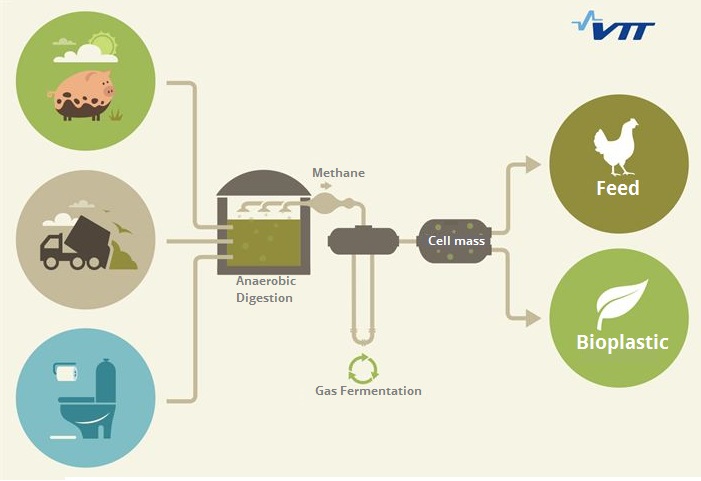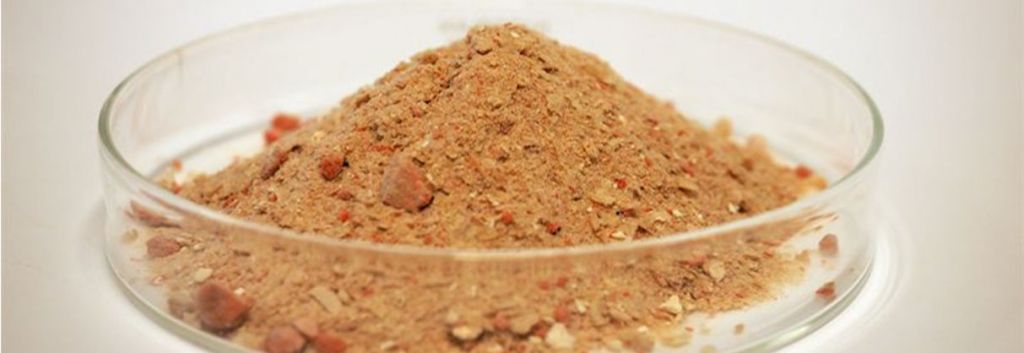How do you solve a problem like the viability of small-scale biogas production? Protein feed with a side of bioplastic, according to the Technical Research Centre of Finland. This emission-reducing process could not only yield interesting biobased products, but also solve some self-sufficiency and food security problems for Europe.
Biogas is a promising biofuel, as it usually has a small carbon footprint and can be produced from different types of waste and residues. It has caught the interest of biotechs like Global Bioenergies, which engineered a new metabolic pathway for biogas as part of its biofuel research. But the Technical Research Centre of Finland (VTT) sees it as a valuable source of protein feed and bioplastic and the best way for small farms to enter biogas production.
Processing the gas into biomethane is viable for large sites, the production potential of small farms, landfills or wastewater treatment plants is still largely untapped. The research centre has developed a method based on methanotrophic bacteria specifically for these smaller facilities in order to unlock its potential. In a gas fermentor, these bacteria would be fed the biogas so they can capitalize on the large proportion of methane as the source of carbon and energy.

Depending on growth conditions, the resulting bacteria cell mass can be rich in a type of bioplastic, PHB, which belongs to the same family as Bio-On’s potato plastics. We’ll have to wait and see if biogas-produced PHB could make it out of the lab and into the somewhat complex world of commercial bioplastics, but the real gold may not be bioplastics.
VTT sees protein feed as the best direction for this production method. So far, it has obtained cell masses with up to 60% in protein content. Why is this important? Protein from single-cell cultures could replace other sources, such as meat, fish or soy. Soy is a popular choice for animal feed, but Finland and the rest of Europe rely heavily on imports. This makes them vulnerable to price fluctuations and shortages.
Animal feed is a common product for biorefineries, and it has attracted the attention of some new companies like Ynsect and one startup from the last batch of the IndieBio incubator. The growth of such projects could greatly improve Europe’s self-sufficiency and food security.
As for VTT’s process, researchers estimate that another couple of years are necessary to further improve the method and test how suitable the bacteria’s protein extract is as a feed component. Then, farm owners may have a new, slightly more exotic way to grow feed for their animals.
Images Credit: Technical Research Centre of Finland (VTT)





